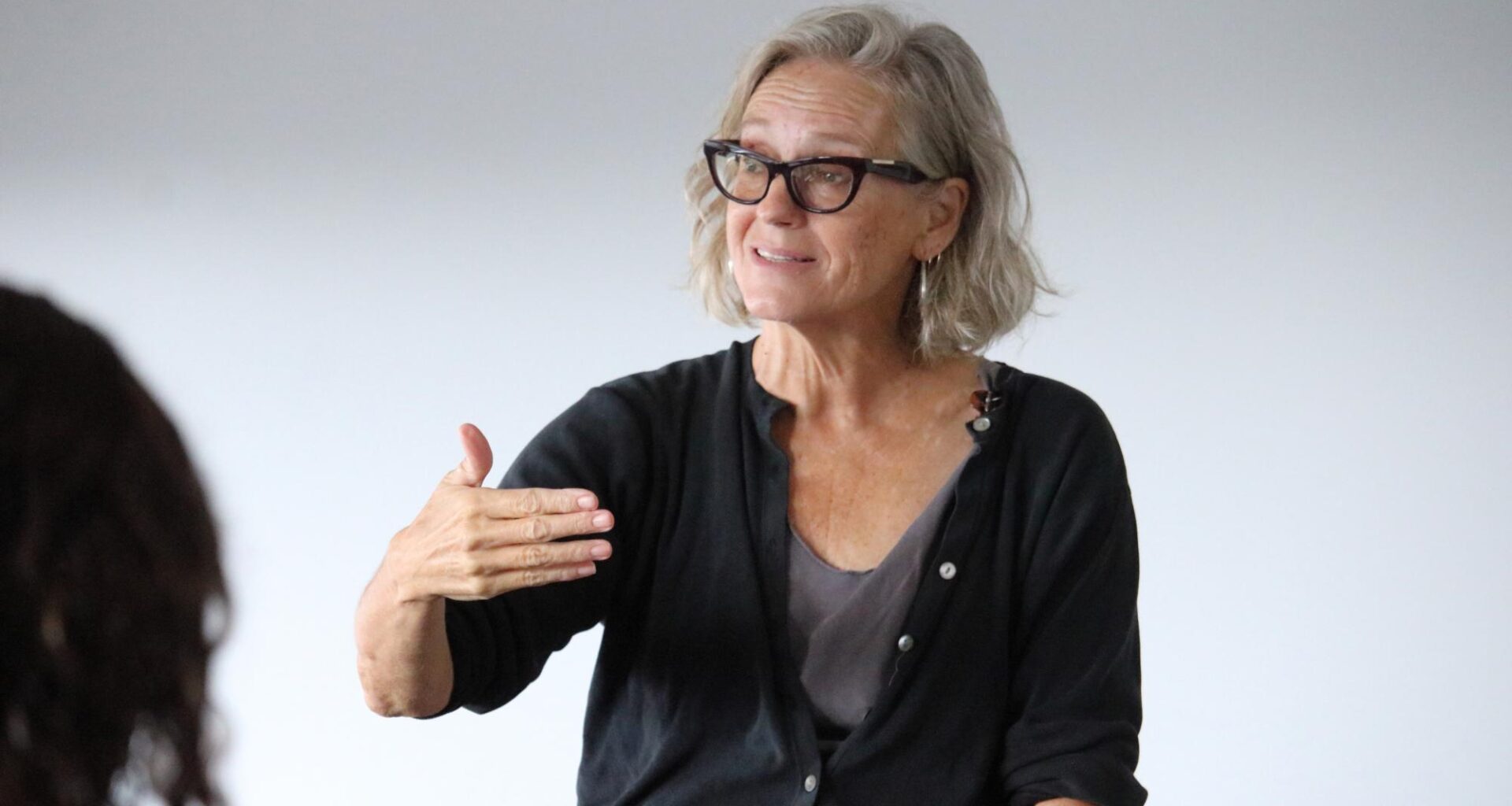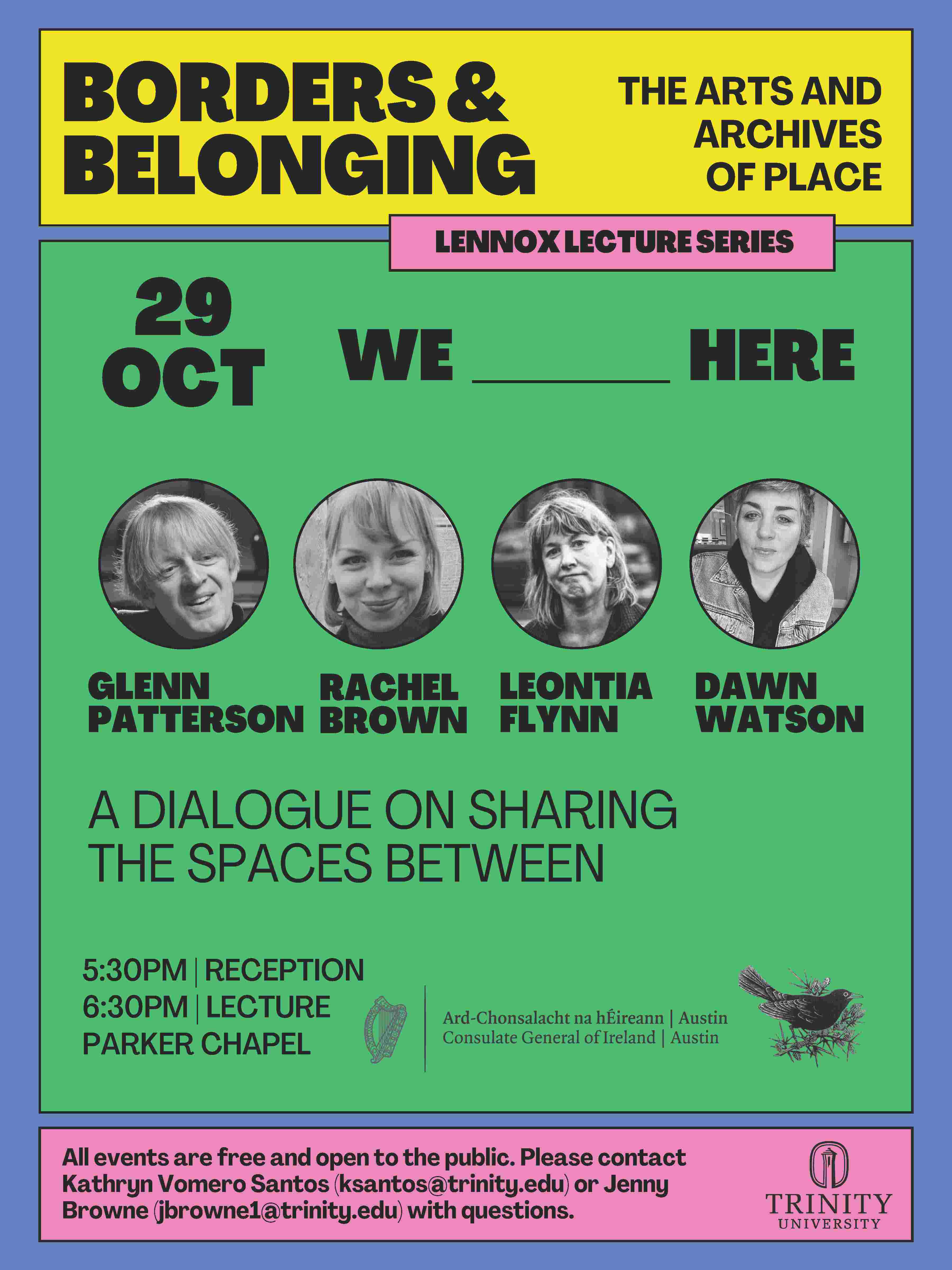According to the Project Marvel San Antonio website, Project Marvel is a series of projects in downtown San Antonio, including a new Spurs arena, a land bridge over I-37, expansion of the Henry B. Gonzalez Convention Center, an updated Alamodome and a mixed-use development area — an urban development encompassing residential, commercial, office and recreational spaces. The website states that the initiative is a “bold vision to reimagine downtown San Antonio.”
A number of people within the Trinity community have shared their outlook on the project. Christine Drennon, associate professor of sociology and anthropology and program director for the urban studies program, said there has not been enough research done to support such a large project.
“Where’s the data, where’s the analysis, where’s the comparative examples? Let’s look at other cities who’ve done similar things, and has it paid off?” Drennon said.
David Macpherson, E.M. Stevens professor and department chair of economics, spoke on the data that Project Marvel referenced. He said that the firm that consulted for Project Marvel is partly owned by the Spurs, who have an investment in Project Marvel: a new stadium.
“One doesn’t get rich as a consultant, if you’re telling the people you’re hiring, this is not a good idea,” Macpherson said. “I would like to have an independent study done of the benefits of all this. The total project is about $4 billion, they’re estimating. Well, before you spend $4 billion, you want to know: Is this a good use of $4 billion?”
Drennon said this expansion of downtown is part of a group mentality persisting within the United States. According to her, cities in the U.S. compete with one another to attract major league sports teams.
“They see it as a huge economic generator, which actually it’s not,” Drennon said. “Major league sports teams are some of the wealthiest firms or corporations in the country, and just because they’re so wealthy, does not mean that it’s ‘all boats will rise.’”
Drennon said that between U.S. cities, convention centers are a big part of this competition, despite their falling attendance since COVID. According to SATXtoday, 25% of the funding (about $311 million) for the new Spurs arena will come directly from Bexar County — that’s if voters approve the venue tax increase. Without sufficient data, Macpherson said it’s hard to say how this will affect the San Antonio community.
“I think it comes back to what you would have done with the money otherwise. Is this the best use of tax dollars or would have been better spent on something else?” Macpherson said.
Drennon works partially with “No Project Marvel,” a campaign directly opposing the $4 billion project. She said the Esperanza Peace and Justice Center started the campaign, and they have a long history of advocating for marginalized communities.
The Project Marvel website says they are “aiming for a future where local culture thrives alongside new opportunities in sports, arts and business.” Drennon pointed out that this will not necessarily benefit underprivileged communities in San Antonio.
“If you look at the different partners that they’re hoping will end up populating this new entertainment district, it’s all ticketed. The Spurs, which are ticketed, can be many hundreds of dollars to take a family for one night,” Drennon said. “The counter argument is going to be ‘It’s going to bring in so much money from out of town that then is invested.’ But what [No Project Marvel] will say is ‘We’re never going to see any of that. That doesn’t go back into what we call the general revenue for the entire city.’”
John De Hoyos, sophomore sociology and economics double-major, is from downtown San Antonio and has first-hand experience in previous changes to San Antonio. His family originally lived near The Pearl, but after a family member was shot and killed in the area, his grandmother sold their house for 10 times its original value. He said he has seen The Pearl area improve a lot since then, as it was originally an abandoned factory. While he said he was initially against the new development, he is now for Project Marvel. He said he thinks it will bring a lot of opportunities into San Antonio, but that it is still a project that needs more development.
“If you look at the community around The Pearl now, it’s so different from when I was there. There’s a lot more community engagement, it’s a lot safer, there’s a lot more opportunities for people to go to,” De Hoyos said. “You have to think about: Who is this kind of project going to be serving? Is it going to be serving the low income or the wealthy? And I think those questions are being asked now too, and questions about how we can make this more accessible to the community,”
Questions still remain surrounding the economic impact and distribution of Project Marvel’s potential benefits. Nevertheless, on election day — Nov. 4 — Bexar County voters have the opportunity to voice their position on Propositions A and B, which would allow for redevelopment of the current Spurs arena and push fourth venue tax revenue to help fund Project Marvel.


